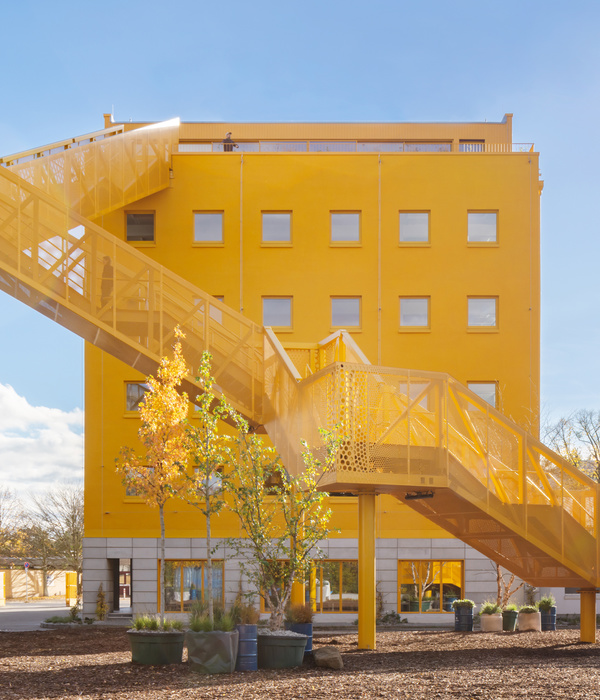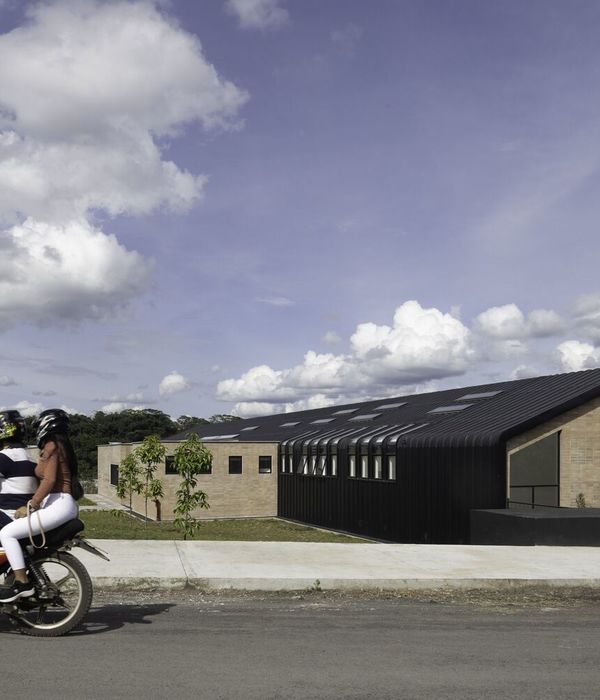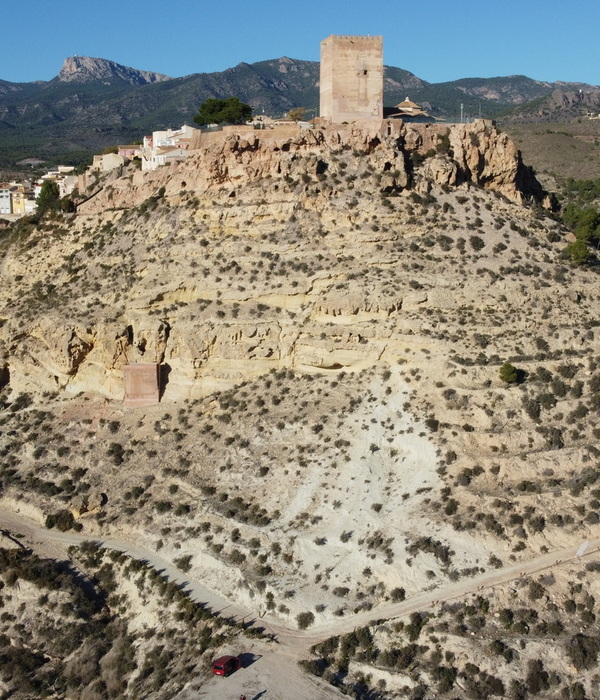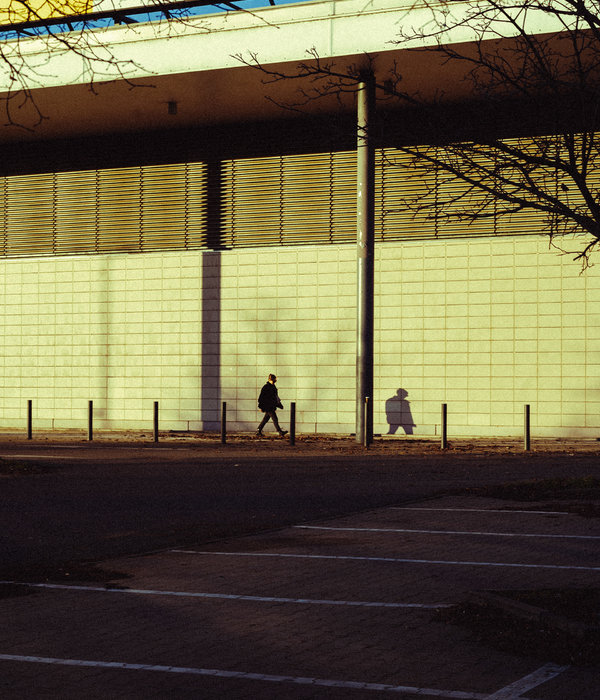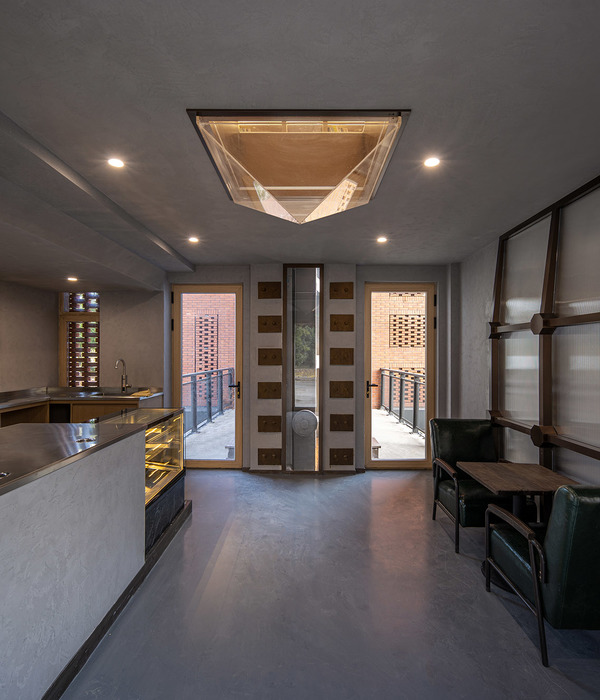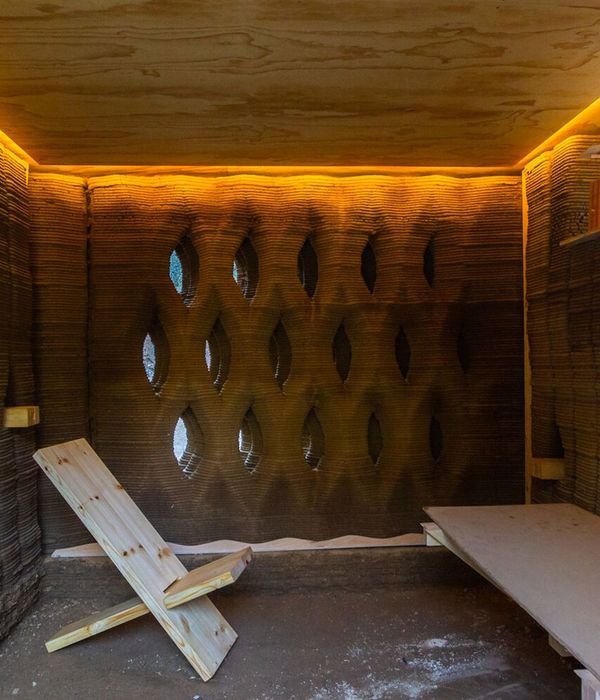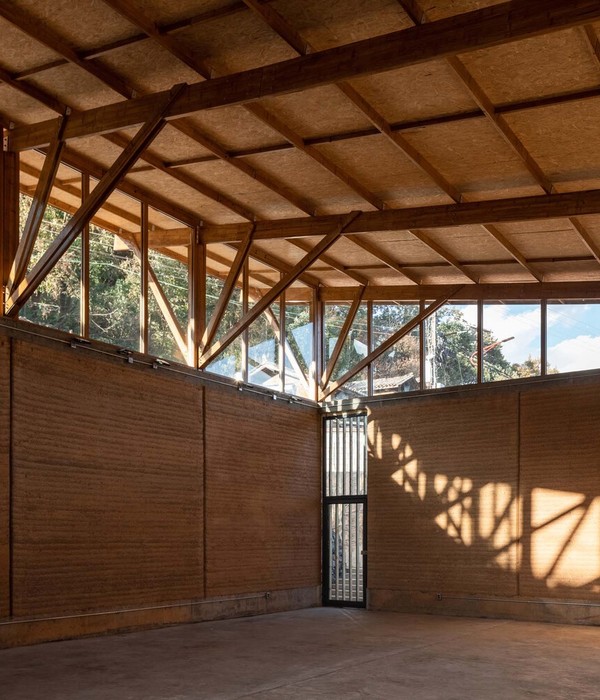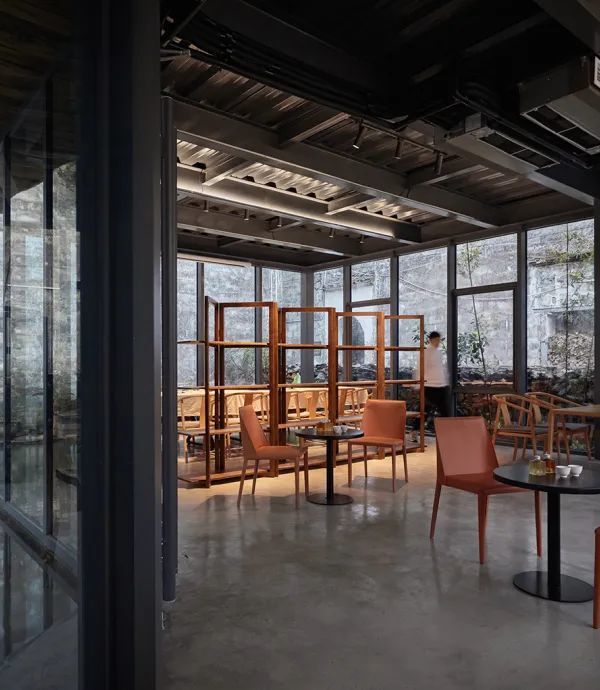The project is a mosque that bears the name of Al-Tasamoh mosque, located on a plot in the area of Sanhadja, a village located in the governorate of Mannouba. The project was primarily an opportunity to fulfill the desire to participate in adopting a new approach in the design of mosques in Tunisia and in changing the attitude of the population towards the traditional external forms of these buildings and to go beyond the richly ornamented spaces, this facet of the mosques the image of which clutters up the collective memory. With this in view, the mosque has been designed to combine the fundamental bases in terms of spaces and elements with a high symbolic value such as the Minbar, the Mihrab, the Minaret, and the Prayer Room ... with a sober and contemporary architecture.
More specifically, the mosque is characterized by a simple geometry derived from a minimalist architectural attitude creating a purified overall atmosphere, free of any burdensome substance or form, and this choice to avoid ornamental elements and to step over complexity stems from a reflection on the relationship between the essential and the functional. In fact, the mosque was conceived as a space that helps to reflect, to meditate, to be in a direct relationship with God, to declutter emotionally and spiritually, to escape from the material being and to let go of useless material worries, to exclude all that is trivial and to focus precisely on the essential.
In fact, volumetry is defined as a whole by the simple and refined composition of parallel lines creating two monolithic volumes integrated into each other, designed as a box within the box or rather "a double volume". The first one, which contains the prayer room, is enveloped by a second one that forms a second skin. This second volume forms, on the one hand, a climate adjustment tool, since it protects the room from direct sunlight and rising temperatures during heat waves, regulates heat gain, facilitates the natural cooling process, and provides a cooling effect, which promises to generate an internal atmosphere that guarantees human comfort in a cost-effective, energy-saving, and more sustainable way. On the other hand, on the spatial level, this volume forms a gallery that connects the three entrances designed for the mosque in order to allow an efficient and simple flow between the various areas.
Thus, this gallery surrounds the prayer room, which in turn is characterized by minimalist aesthetics and a bare interior bathing in light and whiteness. Upon entering the prayer room, the eye is instantly captured by a light crack emanating from above. In fact, the idea was to symmetrically create two skylights that delineate the room on both sides, like a vent open to the sky so that daylight radiates and floods the room, two zenithal openings that create boundless walls, an infinite breach that looks like an extension of the sky and also allows to scrutinize the horizon through this glittering line, a journey of the soul towards God that allows to receive and reach the light of the infinite. In the center of the prayer room, an axial aisle leads to the Mihrab at the back, adorned with a particular feature. This masterpiece creates the event within the sobriety that permeates the room, celebrated as a focal point ornamented by a calligraphic Quran verse in Arabic, embracing the imminent light of the sky that flows and forms a sacred halo enriching the details and producing a diffused effect that delivers a mystical and significant light quality.
Thus, overall, the idea was to have the external physical light be the soul of the mosque shining everywhere and reflected in the spirits as an inner spiritual light. That is, from the conceptual and spatial standpoint, the sun has been studied in such a way as to intervene generously and abundantly in all areas. Besides, all these sources of light also form sources of fresh air with shapes and locations that have been carefully thought out in terms of design requirements, orientation and air flow so as to allow the air to circulate and ventilate the building naturally and create indoor areas with a cool climate and prove that today even mosques without air conditioning can be comfortable and pleasant to live in. Another fundamental component of this project is the patio. In fact, the mosque revolves around 4 voids that serve on the one hand as areas unifying and separating elements, and on the other hand as tools that allow the admission of natural air and light.
The large central patio, both a terrace in the form of an extension of the prayer room where people can gather and socialize after prayer times, is a separating and transitional open passageway that serves as an intermediate area between the prayer room and the ablution area which also overlooks two small vegetated patios that act as skylights and air sources. Besides, this open-air courtyard is delineated on one side by a pierced wall with small square openings filtering light to the ablution area, offering visual connectivity, and is clad in red bricks. In fact, this is the material that was chosen to clad the entire lower part of the mosque in order to create a kind of earthy color textured skin reminiscent of the original and authentic nature of the human body, and contrasting with the upper part which is smooth and all white in the image of the essence and the soul, so, the touch of earthy color makes the white purer and the white makes the color more vibrant. In addition, an array and combination of various types of plants that cover this wall creating a small "indoor" forest has duly enriched the patio and allows creating a peaceful haven and a resolutely calming and relaxing atmosphere.
▼项目更多图片
{{item.text_origin}}


